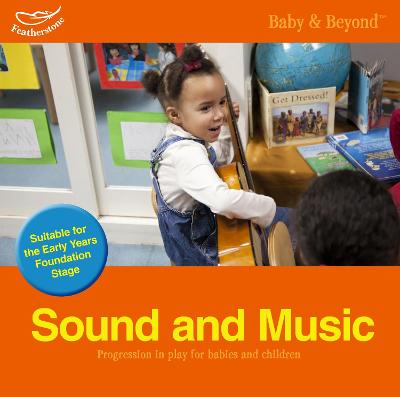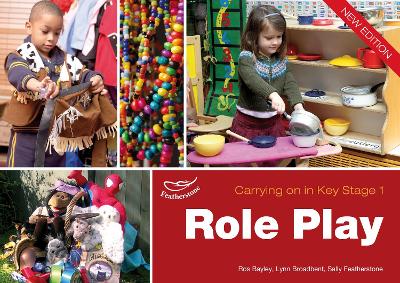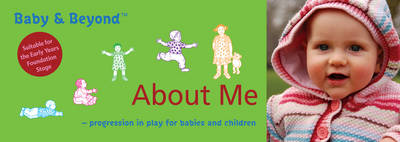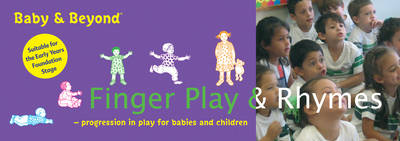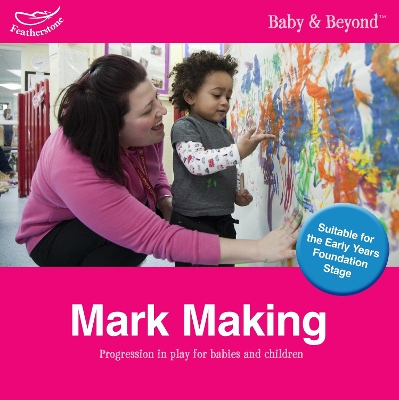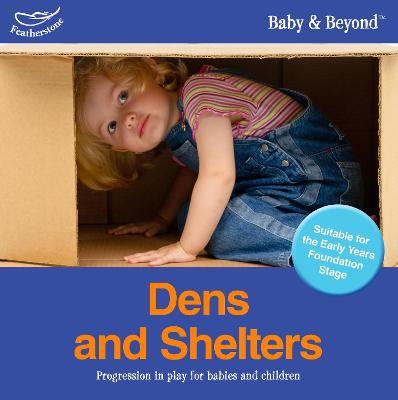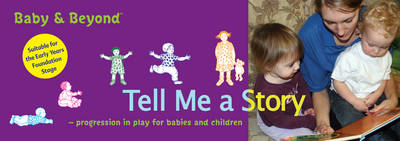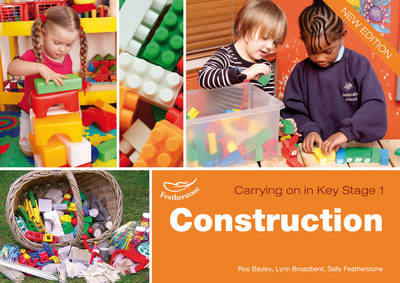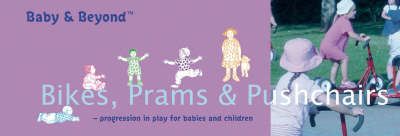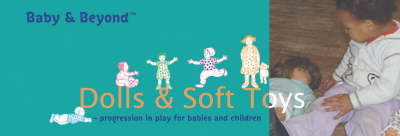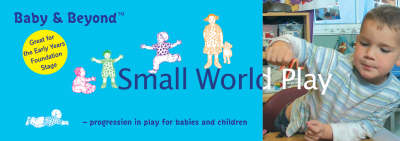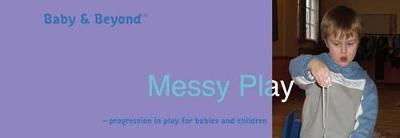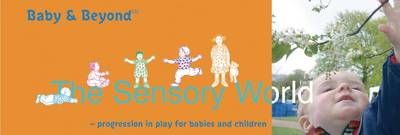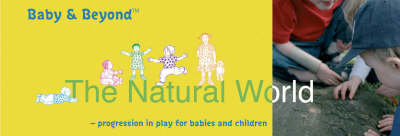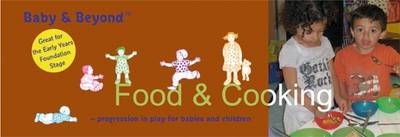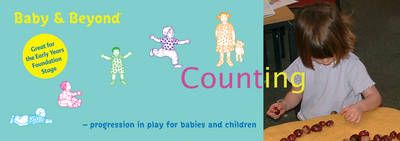Baby and Beyond
18 total works
The Baby&Beyond series takes simple activities or resources and shows how they can be used with children at each of the EYFS development stages, from birth to 60+ months. Each activity is laid out so that you can see progression at a glance.
Dens give children the space and time to explore their creativity - a magical place for children to role play and let their imaginations run wild. Dens and shelters also provide a child with a place to rest and reflect when the noise and activity of a busy setting gets too much.
The Baby&Beyond series takes simple activities or resources and shows how they can be used with children at each of the EYFS development stages, from birth to 60+ months. Each activity is laid out so that you can see progression at a glance.
